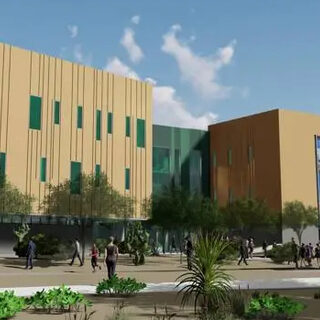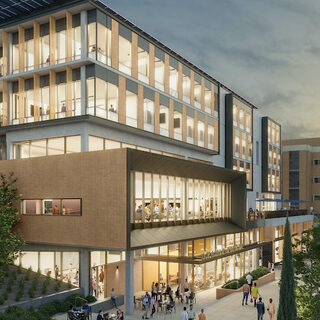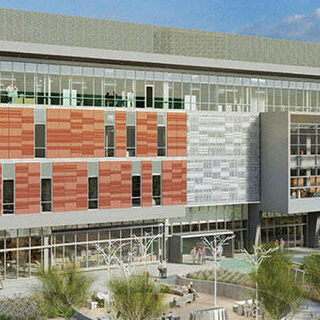CO Architects is a nationally recognized specialist in architectural programming, planning and design, with particular expertise in academic, research, medical education and healthcare facilities. CO seeks to create inspiring places that are catalysts for collaboration and progress and that drive innovation in teaching, research and architecture. Working regularly within campus environments, its academic work ranges from general teaching facilities to interdisciplinary and multidisciplinary research laboratories for virtually every scientific discipline, and includes new schools of medicine and allied health on academic medical campuses across the country. CO has delivered projects utilizing Building Information Modeling, LEAN and integrated design and construction methodologies. In practice since 1986, the firm serves a national clientele from its base in Los Angeles.
CO Architects
In the News
Mayo Clinic Begins Construction on Integrated Education and Research Building
Mayo Clinic began construction in April of 2022 on the $134.6 million Integrated Education and Research Building in Phoenix. Designed CO Architects and DFDG Architecture, the 150,000-sf facility will house the College of Medicine and Science and its five schools: the Alix School of Medicine, the School of Graduate Medical Education, the School of Health Sciences, the School of Biomedical Sciences, and the School of Continuous Professional Development.
University of California, Riverside Begins Construction on Medical Education Building
The University of California, Riverside began construction in October of 2021 on the $100 million Education Building II to provide innovative learning environments for the School of Medicine. Created by the design-build team of CO Architects and Hensel Phelps Construction Company, the 90,000-gsf (57,000-asf) facility will feature state-of-the-art classrooms, lecture halls, and specialized instructional venues. The five-level building will also provide meeting rooms, study areas, lounges, support spaces, and faculty offices.
University of Nevada, Las Vegas Breaks Ground on Medical Education Building
The University of Nevada, Las Vegas broke ground on the Medical Education Building in late October of 2020. Designed by TSK and CO Architects, the five-story, 135,000-gsf facility will be the first permanent structure for the School of Medicine. Funded by $155 million in philanthropic contributions, the project is being developed by Nevada Health and Bioscience Corporation through a public-private partnership.



